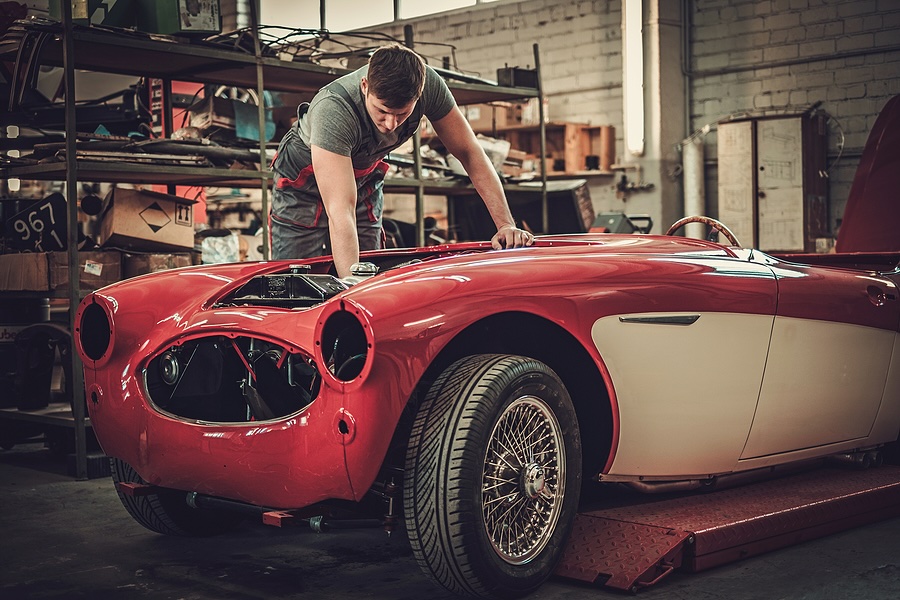There’s something profoundly satisfying about breathing new life into a classic European automobile. Whether it’s a vintage Porsche 911, an aging Alfa Romeo Spider or a neglected BMW 2002, the restoration journey transforms a forgotten relic into a rolling piece of automotive art. This process demands patience, expertise and a genuine appreciation for engineering excellence that defined an era.
Finding Your Perfect Restoration Candidate
The foundation of any successful restoration begins with selecting the right vehicle. Many enthusiasts make the mistake of choosing a car based purely on emotional appeal without considering structural integrity. Start by examining the chassis and body for rust damage, particularly in critical stress points and floor panels. European classics are notorious for corrosion issues, especially in models that spent years in humid climates or regions with harsh winters. So, check it carefully.
Documentation matters significantly when evaluating potential candidates. Original service records, ownership history and maintenance logs provide invaluable insight into how the vehicle was cared for throughout its life. A car with comprehensive documentation often indicates an owner who valued proper maintenance, which typically translates to fewer hidden problems during restoration. Don’t overlook matching numbers either—vehicles with original engines and transmissions command higher values and maintain better authenticity.
The Art of Sourcing Authentic Components
Locating genuine parts represents one of the most challenging part of your restoration project. Original equipment manufacturer components ensure authenticity and proper fitment, but they’re increasingly difficult to source for vehicles manufactured decades ago. Establish relationships with specialized suppliers who focus exclusively on your marque and consider joining marque-specific clubs where members often trade parts and share sourcing information.
Modern reproduction parts have improved dramatically in quality, yet they require careful vetting. Some aftermarket manufacturers produce components that meet or exceed original specifications, while others cut corners that compromise authenticity and longevity. Working with a restoration specialist who understands these nuances prevents costly mistakes and ensures your classic maintains its value and performance characteristics for years to come.




Recent Comments